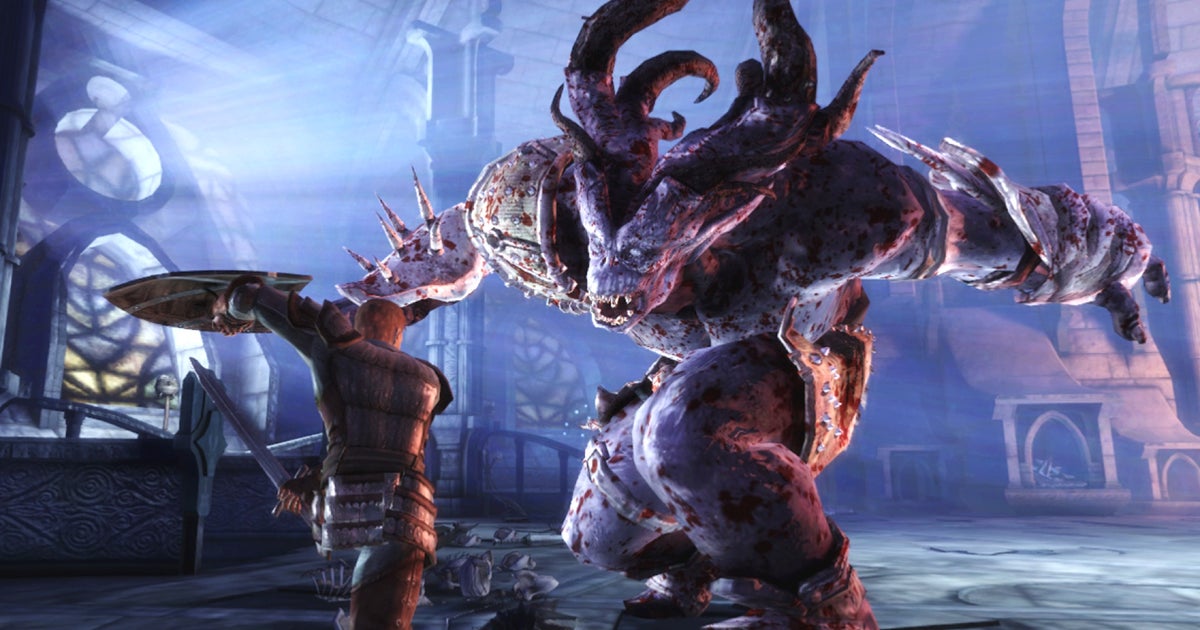
What are the best Dragon Age: The Veilguard settings? The latest RPG epic from Bioware is here and getting the best out of it on PC is proving simple, in large part thanks to the optimization that has been done on the game prior to release.
While the Dragon Age: The Veilguard system requirements came across as quite low, you will still need one of the best graphics cards to make the most of the ultra graphical preset and the ray tracing. Dragon Age: The Veildguard on Steam Deck is also a delight, which was prophesized long before release thanks to an early Verified rating for Valve‘s handheld.
Best Dragon Age: The Veilguard graphics settings
- Texture Quality: High
- Texture Filtering: High
- Ambient Occlusion: HBAO Full
- Lighting Quality: High
- Volumetric Lighting: High
- Sky Quality: High
- Ray-traced Reflections: Selective
- Ray-traced Ambient Occlusion: Selective
- Ultra Ray Tracing: Off
- Level of Detail: High
- Terrain Quality: High
- Terrain Decoration Quality: High
- Visual Effects Quality: High
- Post Processing Quality: High
- Field of View: 140%
- Motion Blur: Off
- Vignette: On
- Upsample Method: Nvidia DLSS (if using Nvidia GPU)
- Upsample Quality: Quality
- Frame Generation: On
The above settings are ideal for the best performance without sacrificing any visual quality and led to an average of 124fps with a 70fps 1% low. This is great for a single-player RPG, and you don’t need to necessarily chase anything higher than 60, but ensuring you have at least 60fps as the worst-case scenario is perfect.
I was able to to push both the average and 1% low up to 136fps and 78fps respectively by disabling the ray-traced reflections and ray-traced ambient occlusion, but in all honestly, the stunning lighting in dungeon areas is well worth having for the sake of a relatively minor performance improvement.
How we test Dragon Age: The Veilguard
At PCGamesN, we use dedicated gaming rigs to test the best settings for performance and gameplay in the latest releases. The test rig used for Dragon Age: The Veilguard includes the following components; Intel Core i7 11700F, Nvidia GeForce RTX 4070 12GB, 32GB of DDR4 3200MHz RAM, MSI B560 motherboard. We also test using Widows 11 64-bit.
We always run our testing first at 1,920 x 1,080 to identify the best settings, then again at 2,560 x 1,440 using the same setup to gauge the difference in performance. We use CapFrameX to capture frame data and compare testing sessions.
How to monitor performance in Dragon Age: The Veilguard
If you want to keep an eye on performance in Dragon Age: The Veilguard, we have an easy method that works whether you’re using an Nvidia or AMD graphics card.
For Nvidia cards, ensure you have GeForce Experience or the Nvidia App installed and the in-game overlay enabled. Then hit Alt + R in-game to bring up your performance monitor. With AMD cards, you can enable performance monitoring via the Radeon overlay using the shortcut Ctrl + Shift + O.
Alternatively, you can download free software such as CapFrameX or Nvidia FrameView, to get a cleaner, more simplified benchmarking tool that works with any graphics card.
If you need to upgrade your hardware to start playing Dragon Age: The Veilguard, follow our handy guide on how to build a gaming PC, which takes you through the process step by step from start to finish.










Leave a Reply